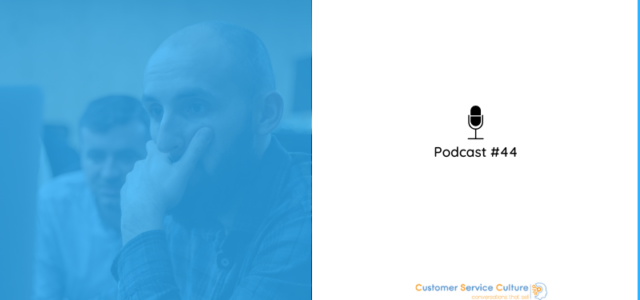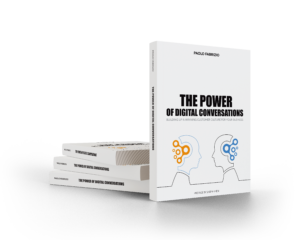Whenever we have an issue we get emotional in a negative way. Then, we try to get in touch with the customer service as fast as possible (not always succeeding ) to get the problem fixed. During such conversations frictions are very frequent due several reasons: high effort procedures / bureaucracy, lack of agents’ training and of course the fact that we, ourselves, as customers are pretty nervous. This is a frequent situation in case of complaint, but what if the customer had not even time to get angry? Learn more about this epic service recovery.
Customer experience [the story of]
Last week I purchased online a phone for my apartment, very simple and cheap. When I received the package though I had a bad surprise: the phone was red, but the one I had ordered was supposed to be black! So now it begins my very experience because I easily found on my emailed order:
- Where and how to report the issue
- How to proceed with the return (where, time limit and other useful details)
- How to get a new phone (hopefully black, this time!)
Well, it took me just 5 minutes to complete the above tasks. Then on the next day I’ve received the new phone – and yes, the colour was right ;). But but there’s more…I’ve also received an email with customer service excuses for the issues plus a discount on my next purchase with them – provided I’m doing that within 15 days.
The main pillars [lesson learned]
Well now, what can you bring home from this experience to improve your customer service processes? I suggest you starting from the moments of truth and their WHYs which are:
- Low effort / lack of frictions: no waiting time to report the issue as the process was fully self-service, easy and fast. Consequently, neither time to let frustration grow, nor conflicts chances with customer service.
- Transparency – the brand immediate took full accountability of the issue that the customer has reported. No excuses or attempts to play it down.
- Timing – the exact product has been delivered on the following day, thus preventing any further customer’s need to contact / urge customer service
- Trust consolidation – as a result of above points = the customer thinks ‘after this quick and easy recovery I trust them even more.’
- Fostering customer’s relation – this is neuro marketing applied at its best: the offered discount is prompt but at the same time is short-termed. Meaning, I want you to quickly overcome the trauma of the issue, by letting you place a new order. So that you’ll maintain in the future the same purchase frequency as beforehand – at least.
The heart of this CX: Behind these pillars there’s an effective cross-functional teamwork. In fact Customer Service and Marketing have shared information and may have even co-designed the customer journey. Otherwise this whole, delightful experience would just not have been possible. Being that said, after showcasing this service recovery anatomy I’m sure that you’ll find the infographic below pretty actionable. ↓

Infographic: CallCenterHelper
Over to you
Morale of this service recovery story: if you have an issue it does not mean that you’re going to have a really bad customer experience. So what are you doing to improve customer experiences? How are you optimizing digital support conversations? These are very urgent matters for most customer service cultured organizations – especially during these tough times. If you want to keep this conversation going feel free to get in touch. Meanwhile I suggest you to to stay abreast of Digital Customer Service subscribing to the newsletter.
x
Credit image: Unsplash.com








